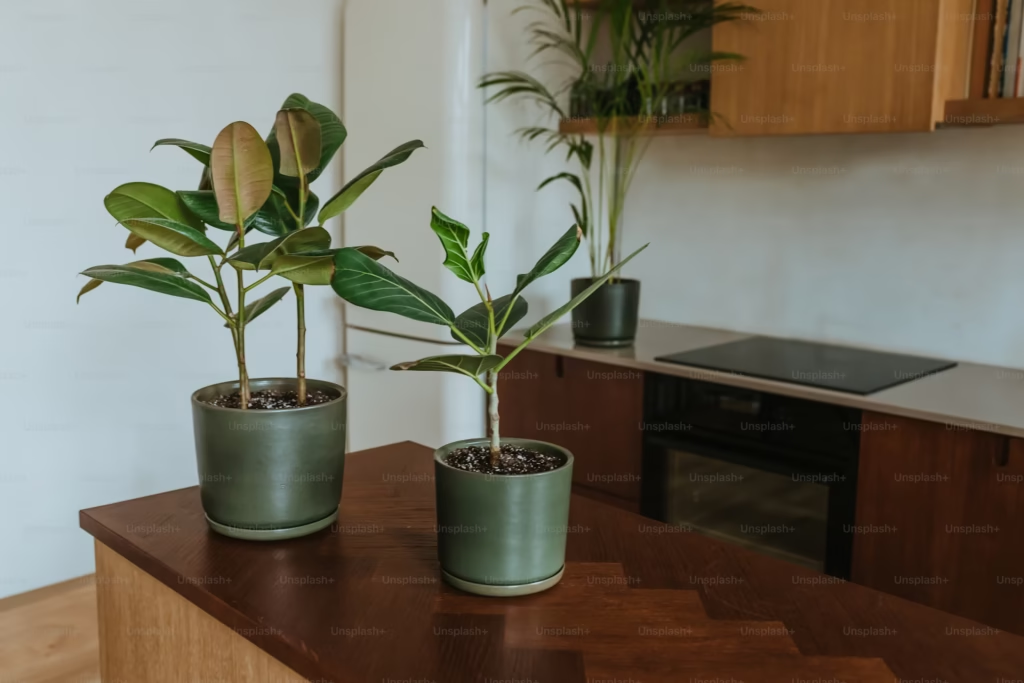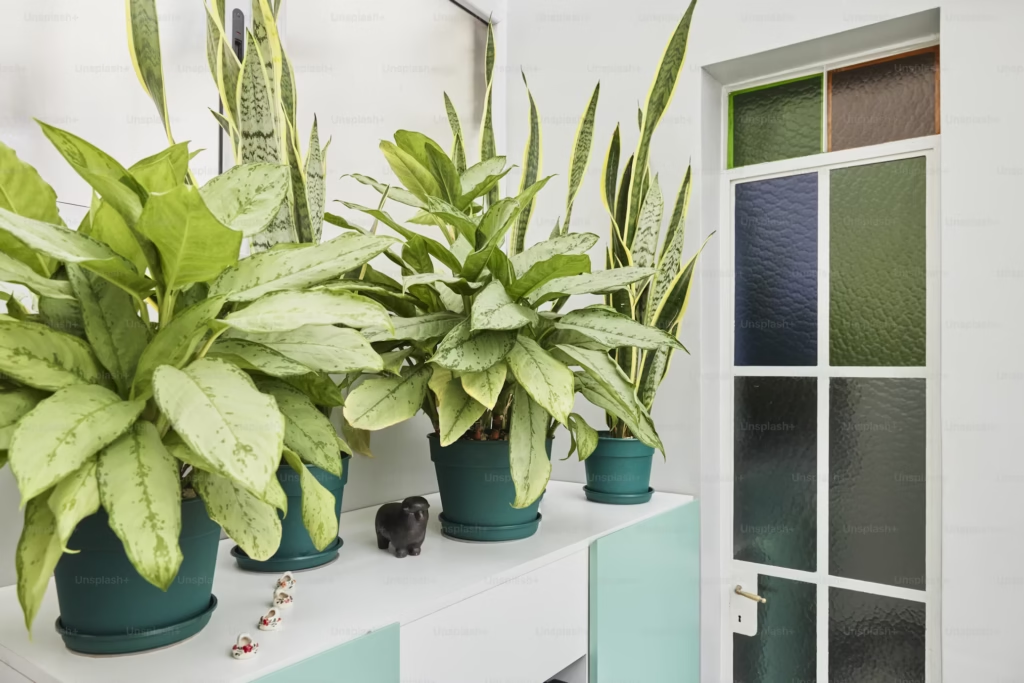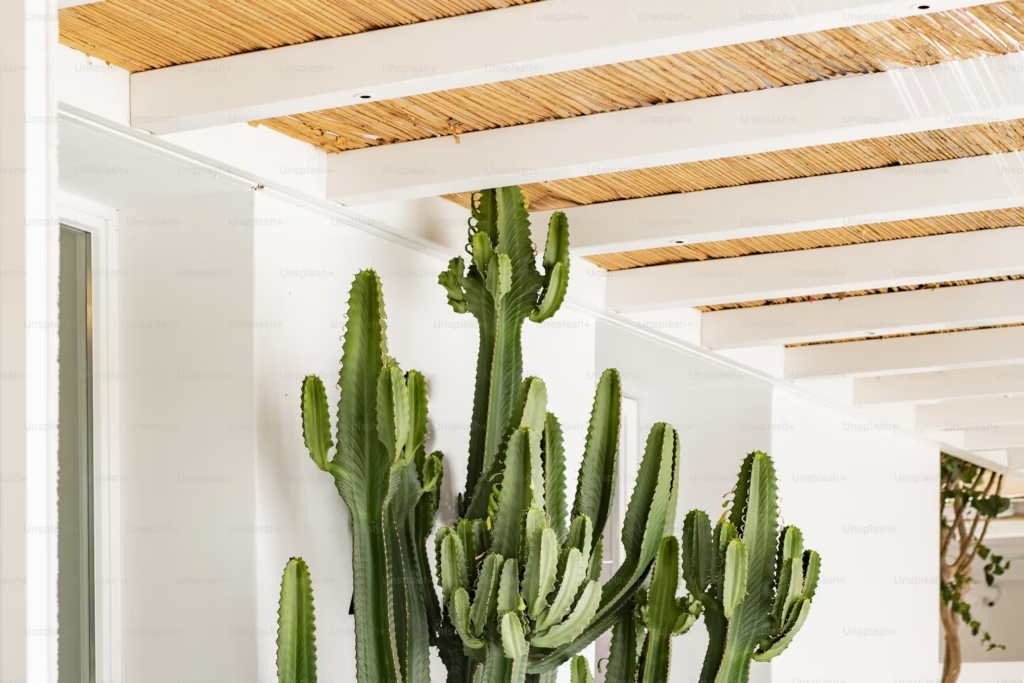
How to Grow and Care for Indoor Ferns
Indoor ferns are lush, vibrant, and bring a touch of nature into any space. While they may have a reputation for being a bit finicky, understanding their needs will ensure they thrive in your home. Here’s your complete guide to growing and caring for indoor ferns.
Popular Types of Indoor Ferns
- Boston Fern (Nephrolepis exaltata) – Classic and easy to care for.
- Maidenhair Fern (Adiantum) – Delicate with feathery foliage.
- Bird’s Nest Fern (Asplenium nidus) – Unique wavy leaves and forgiving care needs.
- Staghorn Fern (Platycerium) – Eye-catching, often mounted on walls.
1. Light Requirements
- Ideal Light: Indirect light is best. Ferns thrive in bright, filtered sunlight or partial shade.
- Avoid: Direct sunlight, as it can scorch their delicate fronds.
- Pro Tip: If your space is low in natural light, consider using a grow light.
2. Temperature and Humidity
- Temperature: Keep between 60°F and 75°F (15°C–24°C). Avoid drafts and sudden temperature changes.
- Humidity: Ferns love high humidity (50–70%).
- Use a humidifier or place a tray of water near the plant to increase moisture in the air.
- Group ferns together to create a micro-humid environment.
3. Watering
- Frequency: Water when the top inch of soil feels dry.
- How to Water:
- Use room-temperature water to avoid shocking the roots.
- Water thoroughly until it drains out the bottom, but never let the plant sit in standing water.
- Warning Signs:
- Browning fronds = under-watering.
- Yellowing fronds = over-watering.
4. Soil Requirements
- Best Soil: A well-draining, peat-based potting mix with high organic content.
- DIY Mix: Combine equal parts peat moss, perlite, and potting soil for the perfect fern-friendly medium.
5. Fertilizing
- Frequency: Feed ferns once a month during the growing season (spring and summer).
- Type: Use a balanced, water-soluble fertilizer diluted to half strength.
- Avoid: Over-fertilizing, as ferns are sensitive to salts and chemicals.
6. Pruning and Maintenance
- Pruning: Trim dead or yellowing fronds regularly to encourage new growth.
- Cleaning: Gently mist or wipe fronds with a damp cloth to remove dust and maintain photosynthesis.
7. Repotting
- When to Repot: Every 1–2 years or when roots outgrow the pot.
- How to Repot:
- Choose a pot 1–2 inches larger than the current one.
- Add fresh soil and plant at the same depth.
- Water thoroughly after repotting.
8. Common Problems and Solutions
- Dry Fronds: Increase humidity or water more frequently.
- Pests (like spider mites): Mist regularly or use an insecticidal soap.
- Root Rot: Avoid over-watering and ensure proper drainage.
9. Decorating with Ferns
- Place ferns on shelves, in hanging baskets, or on plant stands to add greenery to your space.
- Use decorative pots that complement your interior design while ensuring proper drainage.
Conclusion
Indoor ferns bring beauty and tranquility to your home. By providing the right light, humidity, and care, you can enjoy these elegant plants year-round. Whether you’re a beginner or an experienced plant parent, ferns are a rewarding addition to your indoor garden.



